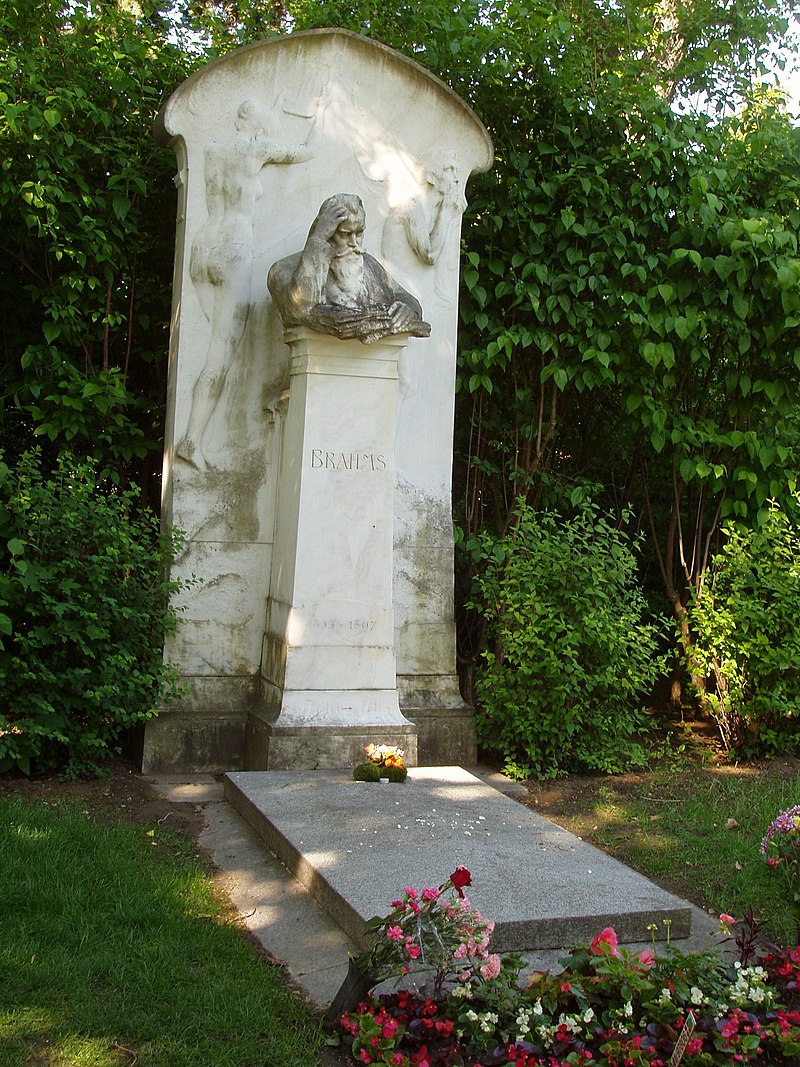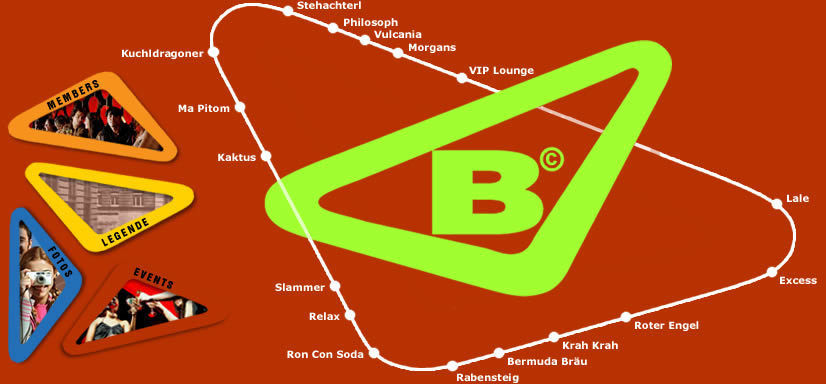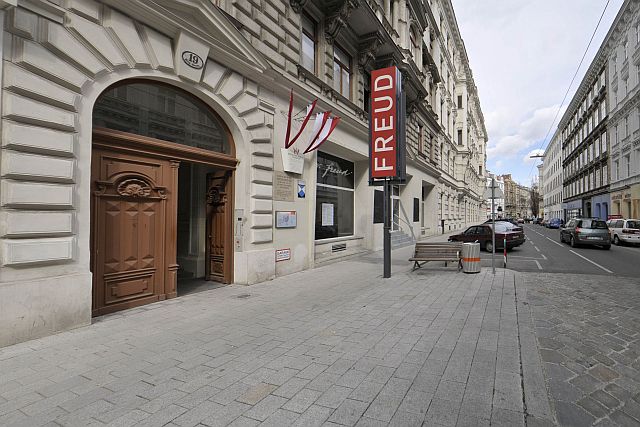Landschlacht, Switzerland, 9 December 2017
There are moments when one has to accept one´s limitations.
For example, the wife and I were asked to attend her employer´s Christmas Party yesterday evening, but neither one of us was healthy (or motivated) enough to attend.
I have been home all week when I would have rather been working, but it is hard to be a barista or teacher when one has lost his voice.
The demands of work and other personal responsibilities limit my ability to travel very far at present, so some of the places where I would like to visit I cannot visit due to both the constraints of limited time and money to do so.
As regular readers (both of them!) of my blog know I have been retracing the life and “footsteps” of Swiss reformer Huldrych Zwingli (1484 – 1531).

Above: Huldrych Zwingli
(See Canada Slim and the Road to Reformation of this blog.)
I wrote about walking from Wildhaus to Strichboden to Arvenbuel to Weesen.
(See Canada Slim and the Wild Child of Toggenburg and Canada Slim and the Thundering Hollows of this blog.)
I wrote that Zwingli was born in Wildhaus and was first educated in Weesen (1489 – 1494)
Zwingli then completed his secondary education in Basel (1494 – 1496), then five years later returned to Basel to complete his Master´s Degree at the University of Basel (1502 – 1506).
I did not walk to Basel, but having frequently visited and worked in the city I felt that my readers would still like a glimpse of the place.
(See Canada Slim and the Basel Butterfly Effect of this blog.)
But what of the years (1496 – 1502) between Zwingli´s Basel educational periods?
Well, Zwingli was sent to Bern, the Swiss capital, and stayed with the humanist Henry Wölfflin.
The Dominicans in Bern tried to persuade Zwingli to join their order and it is possible that he was received as a novice, but as both his father and uncle disapproved of such a course of action, he left Bern without completing his Latin studies.
Zwingli then enrolled in the University of Vienna in the winter semester of 1498 but was expelled, according to the University´s records.
Zwingli´s activities in 1499 are unknown, but history records that he re-enrolled in the summer of 1500 and continued his studies until 1502, after which he transferred to the University of Basel.
After Basel, Zwingli would be ordained in Konstanz, celebrate his first mass in Wildhaus, and then take up his first ecclesiastical post in Glarus.
The walking tourbook Zwingli- Wege mentions Bern, Vienna and Konstanz, but the authors do not extend their book´s walks to these three cities.
As far as I can tell there is little celebration of Zwingli´s life in Bern, Vienna and Konstanz.
And even though Zwingli´s time in Glarus is definitely noteworthy, it isn´t until he began his reformatory crusade for change in the Church in Zürich do the Swiss take much notice of the man.
As I have written of both Bern and Konstanz in the past within this blog, I want to speak of Vienna, not so much in regard to Zwingli but in regards to the wisdom of spending time in this place.
(For stories about Bern, see Capital Be and Canada Slim in the Capital of this blog.)
(For stories about Konstanz, see Konstanz: City of Shattered Dreams?, Flames and Broken Promises, and Canada Slim and the City of the Thousand of this blog.)

Above: View of Vienna (Wien) from the Stephansdom (St. Stephen´s Cathedral)
Vienna, Austria, 2 October 1998
It was my second adventure travelling about Europe, and, as a result of my first adventure, this time I was not alone.
Accompanied by the woman who would one day become my wife, Ute and I travelled by train and bus from Freiburg im Breisgau in southwestern Germany´s Black Forest, north to Strasbourg, Heidelberg, Trier and Köln (Cologne), east to Nuremburg, Praha (Prague) and Kutná Hora, south to Ceske Budojovice and Cesky Krumlov, and finally southeast to Wien (Vienna) arriving by overnight train.
The journey to Vienna had been, for the most part, pleasant, filled with discoveries and missteps as are common to any long adventure spent together.
The arrival to this imperial city started poorly.
I had gotten into my head that Vienna was a place where I was expected to wear a suit.
Somehow I convinced myself that Vienna was an élite environment that would not accept me unless I was wearing a suit.
Said suit had lain balled up at the bottom of my backpack, but at the crack of dawn I rolled it out, put it on and waited for us to arrive.
A sudden braking of the train caused me to split wide open the crotch of my suit trousers, putting me in a frightfully ugly and grumpy mood.

My Ute is never one to let an ugly mood go to waste and she responded in kind, so perhaps it was a mixed blessing that we spent our nights in Vienna in separately segregated youth hostel beds.
And though we would later argue yet one more time during our sojourn there, we were generally happy together in this romantic city of hidden courtyards, mysterious cellars and forgotten cemeteries, of Harry Lime (The Third Man) and Mozart (Rock me, Amadeus!), of Schubert, Strauss and Freud, of Marilyn Monroe and Karl Marx, of Vivaldi and 007, the blue Danube and the kaleidoscope of colour that is the Hundertwasserhaus.

Above: Hundertwasser, Vienna
Vienna conjures up a myriad of memories: impressive imperial palaces and dictatorial failed artists, coffeehouses crammed with cakes and customers, baroque mirrors and angelic choirboys, Art Nouveau architecture and Klimt canvasses, horsedrawn fiacre carriages and lovely leaping Lippanzer stallions.
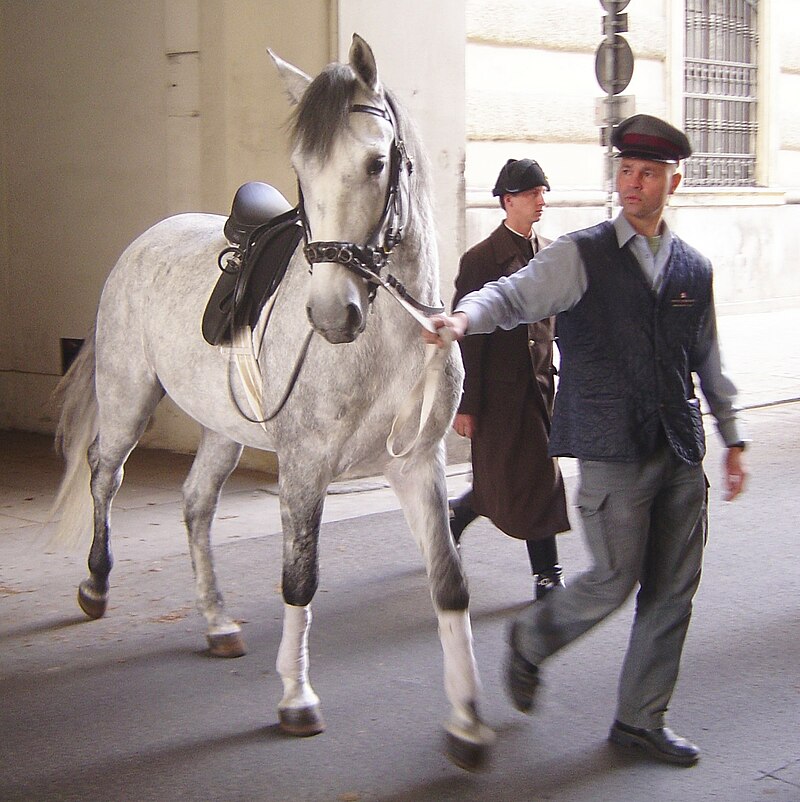
This is also a city of music: a Strauss waltz, a cathedral choir, an organ recital, an opera performance, a celebration of the talents of Beethoven, Brahms, Haydn, Liszt and Mahler, a litany of life, melodies of magic.

Above: Johann Strauss II Monument, Stadtpark, Vienna
As is normal in any relationship of two or more travelling companions, there must be a certain amount of give-and-take for harmony to happen.
And I must confess I was searching for the poetry of Canadian balladeer Leonard Cohen to be reflected on the streets of Vienna.

Above: Leonard Cohen (1934 – 2016)
“Now in Vienna there are ten pretty women.”
Ah, the things men do to woo women….
The Neidhart Frescoes show a thief groping beneath a woman´s skirt, while another uses snowballs to win the favours of a peasant girl.
Ah, the things men do to escape women….
The Kornhäusel Tower was designed by architect Josef Georg Kornhäusel (1782 – 1860) as a refuge from his nagging wife, having a retractable iron staircase from the first floor rather than a conventional doorway at street level.
Above: Kornhäuselturm, Vienna
“There´s a shoulder where Death comes to cry.”
On 15 March 1938 German Chancellor Adolf Hitler came to Vienna to proclaim the annexation (Anschluss) of Austria.
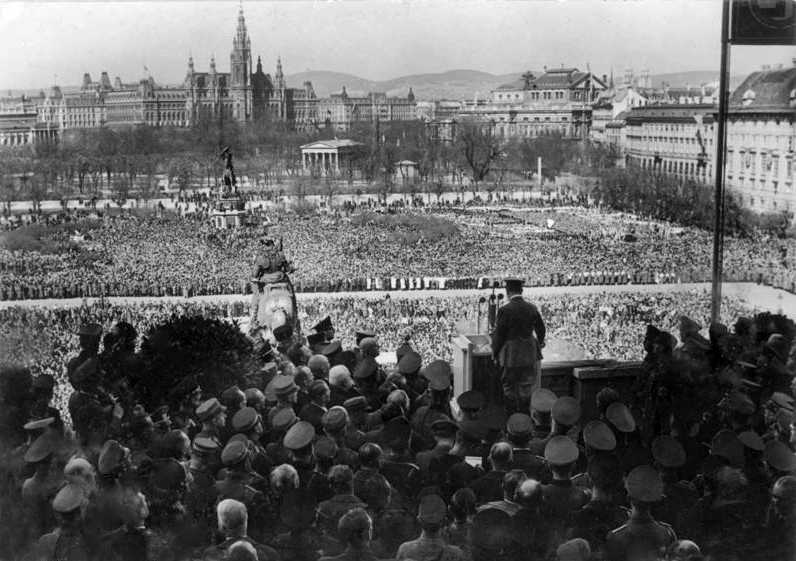
Above: Adolf Hitler, Heldenplatz, Vienna, 15 March 1938
Within days Vienna´s elegant Hotel Metropole at Morzinplatz was commandeered as the regional headquarters of the Nazi secret police and Heinrich Hemmler´s henchmen began rounding up opponents of National Socialism: Fascists, Communists, Jews, men, women and children for interrogation, torture and dispatch to concentration camps.

Above: The former Hotel Metropole, Vienna

Above: Monument to the Memory of the Victims of the Gestapo, Morzinplatz, Vienna
“There´s a lobby with nine hundred windows.”
A lobby is a place where people wait.
Kaballah (Jewish mysticism) teaches that this earthly existence is a lobby where we wait for the “world to come”.
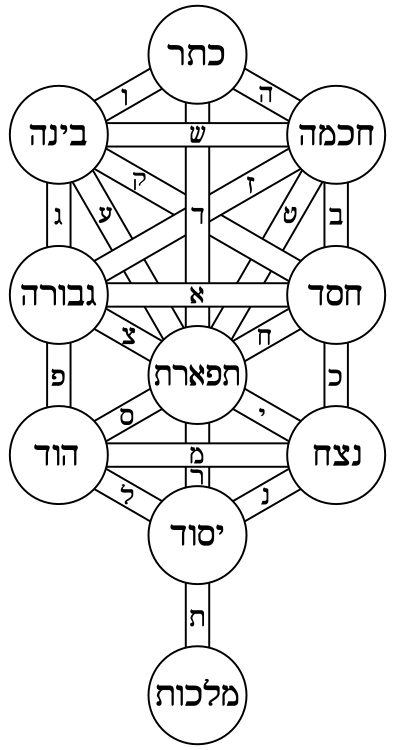
Kaballah also teaches that there are 900 – yes, exactly 900 – potential types of death for a human being.
This refers not to the manner or cause of death, but to the inner experience of the person who is dying and the different experiences of death vary in degree of gentleness or painfulness.
The most gentle & peaceful death is referred to as “the kiss”, or “the kiss of Shekinah” and is described as feeling like a hair being pulled from a cup of milk.
The most painful death is described as feeling like a spiked ball at the end of a hairy rope being pulled out of the person’s throat.
Vienna is a city where some people still keep a separate savings account in order to ensure an appropriately lavish funeral.
Above: Grave of Ludwig von Beethoven (1770 – 1827), Zentralfriedhof, Vienna
Vienna´s chief cemetery, the Zentralfriedhof is one of the biggest in Europe, larger than the entire Innere Stadt, and with a much bigger population – 2.5 million – than the whole of the city (1.8 million).
Above: Grave of Johannes Brahms (1833 – 1897), Zentralfriedhof, Vienna
It even has its own bus service to help mourners get around the cemetery.

Above: Grave of Franz Schubert (1797 – 1828)
Opened in 1874, at the height of Viennese funereal fetishism – when having eine schöne Leich (a beautiful corpse) was something to aspire to, the Zentralfriedhof is still very much a working graveyard.
1 November / All Saints´ Day sees up to a million Viennese make the trip out here and leave candles burning in remembrance on virtually every grave.
And here the music is buried along with its decomposing composers: Beethoven, Schubert, Gluck, Brahms, Wolf and the entire Strauss clan.
Or could the 900 windows be more pedantic and simply be Vienna´s first skyscraper, the 16-storey, 50-metre high Hochhaus, built in 1932?
Above: Hochhaus, Herrengasse, Vienna
“There´s a tree where the doves go to die.”
A cross where the King of Peace was crucified?
Stephansdom, a cathedral that has dominated the Viennese skyline for centuries and an obvious military target that has endured two Turkish sieges, Napoleonic bombardment, American bombers and Russian artillery.
Above: St. Stephan´s Cathedral, Vienna
Despite the tourists, it is still very much a place of worship.
The Pötscher Madonna, an object of great veneration even today, wept tears from her unusual large eyes during the Battle of Zenta against the Turks in 1697 and in so doing miraculously secured victory against the invading infidels.

Above: The Pötscher Madonna, Stephansdom, Vienna
In the Apostles´ Choir is the glorious red marble tomb of Emperor Friedrich III (1415 – 1493) with the Emperor´s mysterious acronym AEIOU (Alles Erdreich ist Österreich Untertan / The whole world is subject to Austria.)
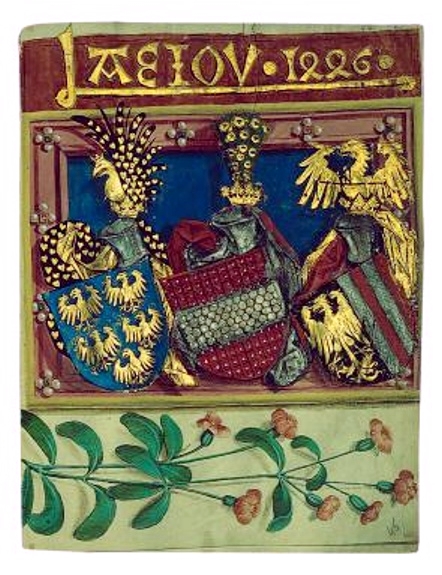
Down in the catacombs, around 16,000 locals are buried here, their bones piled high in more than thirty rooms.
“There´s a piece that was torn from the morning and it hangs in the Gallery of Frost.”
A reference to Sisi (1837 – 1898), a young girl torn away so soon in the morning of her life to become Empress Elisabeth to the Hapsburg Emperor Franz Joseph I and whose life and love were lynched to death by her loveless husband and his control freak mother?

Above: Empress Elisabeth of Austria
Married at 16, her mother-in-law Sophie denied Sisi any privacy by choosing her ladies in waiting for her, denied Sisi any love by having her children removed from her care as soon as they were born.
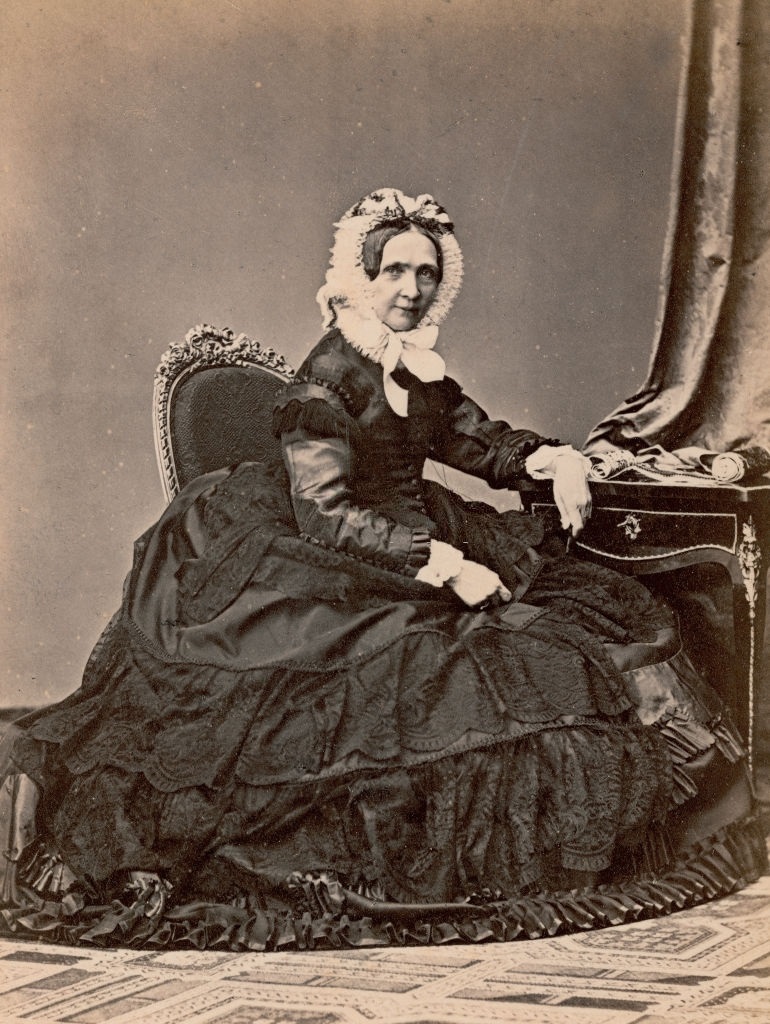
Above: Archduchess Sophie of Austria (1805 – 1872)
Later, Elisabeth would tell her daughter:
“Marriage is an absurd institution.

Above: Sisi´s husband, Emperor Franz Joseph I of Austria (1830 – 1916)
At the age of fifteen you are sold, you make a vow you do not understand, and you regret for thirty years or more that you cannot break it.”
By 1860, Sisi had suffered enough.
She abandoned her children and husband and fled to Madeira for six months.
She then spent the rest of her lonely life travelling around Europe, crisscrossing the Continent, never staying in one place too long and went on endless cruises.
Sisi sought solace in fencing, hiking and horseback riding and in the preservation of her beauty.
When her cousin, King Ludwig, and then her only son Rudolf, committed suicide within a few years of each other, she became convinced that she was mentally unstable.

Above: Photos of Prince Rudolf (1858 – 1889) and his mistress Baroness Mary Vetsera who died together in a suicide pact in the Meyerling Hunting Lodge in the Vienna Woods
From then on, she dressed only in black and carried a black fan to hide her wrinkles.
“When we cannot be happy in the way that we desire there is nothing for it but to fall in love with our sorrows.”
By 1897, Elisabeth´s health began to deteriorate rapidly – a condition partly brought on by anorexia – to the extent that she could barely walk.
Despite her poor health and her obsession with madness and death, few would have predicted her final demise.
On 10 September 1898, the Empress was assassinated by an Italian anarchist Luigi Lucheni, on Lake Geneva.

Thousands turned out for Sisi´s funeral in Vienna.

Above: Sisi´s funeral procession, Vienna, 17 September 1898
She is buried in the basement vault of the Capuchin Church beside her estranged husband and her suicidal son, amongst other royal remains – some with death´s heads emblazoned on their coffins.
Above: Tombs of Sisi (left), Franz Joseph (centre), Rudolf (right), Kaisergruft (Imperial Crypt), Capuchin Church, Vienna
It is a gallery of glorified ghosts, a chamber of frost, a cold place indeed.

“There´s a concert hall in Vienna where your mouth had a thousand reviews.”
Could Leonard have meant the Staatsoper (Vienna State Opera), which opened in May 1869 with a performance of Mozart´s Don Giovanni?
Above: The Staatsoper, Vienna
“There´s a bar where the boys have stopped talking.
They´ve been sentenced to death by the blues.”
Surveys have shown that the vast majority of Viennese are safely tucked up in bed by as early as 10 pm.
Nonetheless it is still quite possible to keep partying around the clock in Vienna.
Vienna´s late night bars are concentrated in three main areas, the most famous being the Bermuda Triangle, which focuses on Rabensteig, Seitenstettengasse, Ruprechtsplatz and the streets around.
If I was searching for a blues bar, the Bermuda Triangle is where I would look.
“There´s an attic where children are playing, where I´ve got to lie down with you soon, in a dream of Hungarian lanterns, in the mist of some sweet afternoon.”
The attic of the body is the mind and who we are psychologically is often formed by the events of our childhood.
Few people are as intimately associated with Vienna as Sigmund Freud (1856 – 1939), for though he was born in Freiburg in Moravia and died in exile in London, in the intevening 83 years he spent most of his life here.

Above: Sigmund Freud
The father of psychoanalysis was the first to come up with having patients discuss their problems while lying down on a couch.
Freud´s The Interpretation of Dreams contains two revolutionary ideas:
- All dreams represent the fulfillment of wishes.
- The functioning of dreams provides systematic evidence of the unconscious.
Sigmund Freud moved to the second floor of Berggasse 19 in 1891 and remained there until 4 June 1938 when he and his family fled to London.
His apartment is now a place of pilgrimage, even though Freud took most of his possessions with him into exile.
His hat, coat and walking stick are still here.
There is movie footage from the 1930s, but the only room with any original decor, any ancient atmosphere, is the waiting room with odd oriental rugs, a cabinet of antiquities and some burgundy furniture sent back from London by his daughter Anna after the War.
Rooms of photographs and Freud-inspired art and a library are all that remain of eight decades of living in Vienna.
“And I´ll dance with you in Vienna….
….Take this waltz.
Take this waltz.
It´s yours now.
It´s all that there is.”
We would visit the bookshop Shakespeare & Company, have lunch at the University Mensa (cafeteria) and supper at the Restaurant Marché Mövenpick and coffee at Café Bräunerhof with Parisian style snooty waiters in penguin tuxedos.
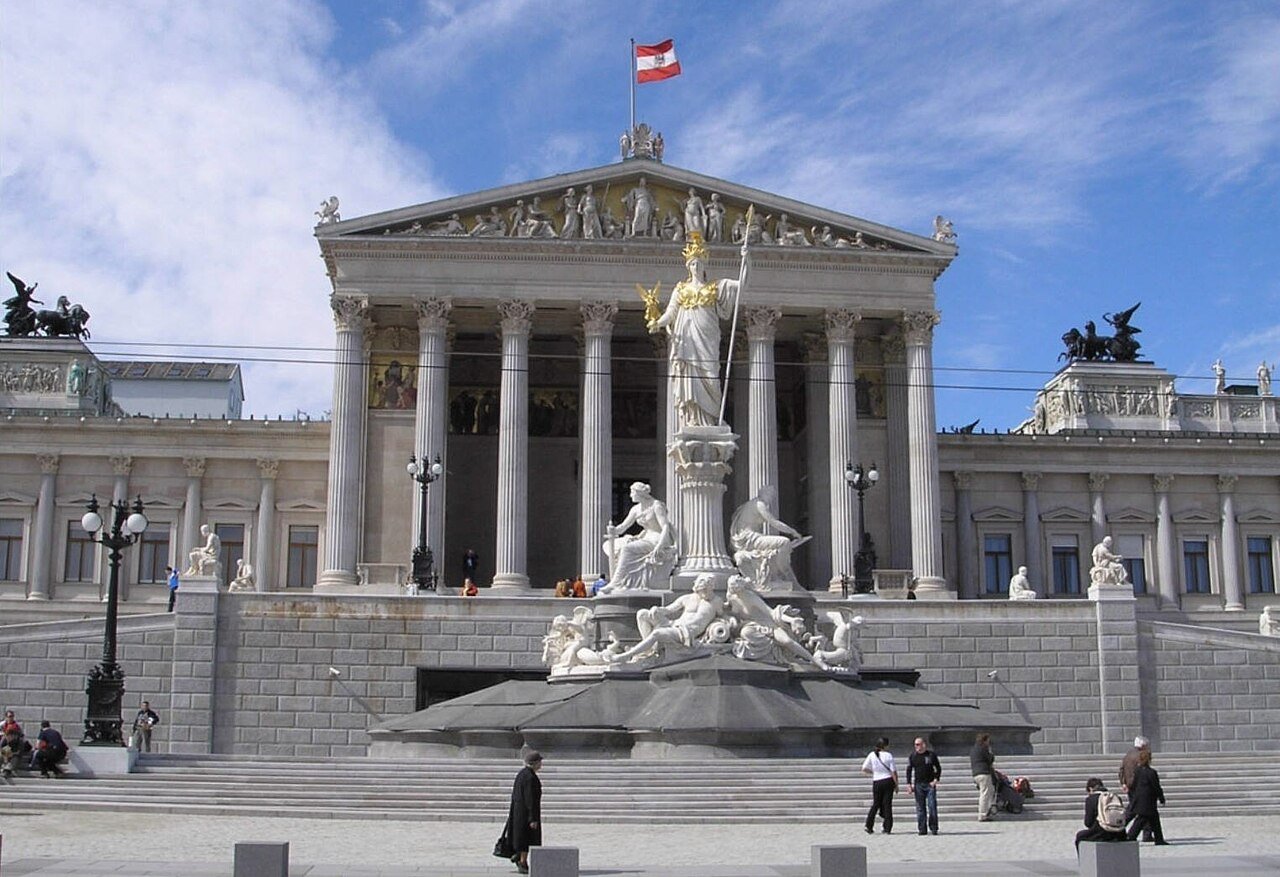
Above: Austrian Parliament, Vienna
We would tour Parliament and watch horses perform ballet at the Spanische Reitschule (Spanish Riding School).

Above: The Spanische Reitschule, Vienna
The King of the Waltz, composer Johann Strauss the Younger (1825 – 1899) lived on the first floor of Praterstrasse 34 from 1863 until the death of his first wife, the singer Jetty Treffz, in 1878.

Today´s Strauss Museum contains a room with ceiling cherubs, a grand piano, an organ and a standing desk.
There are dance cards and ball pendants which were kept as mementoes of the evenings tripping the light fantastic.
Strauss is, of course, best known for having written Vienna´s signature tune, An der schönen blauen Donau (The Blue Danube), but he also composed stirring tunes such as the Revolution March and the Song of the Barricades.
His operatta, Die Fledermaus (The Bat), written to take Viennese minds off the economic crash of 1873, was another huge success.
Freud would have had a field day had he taken Johann Junior on as a patient.
Johann Strauss the Elder (1804 – 1849) began his career serenading diners in Viennese restaurants, however it was in the dance hall of Zum Sperl that Johann Senior made his mark as a band leader, conducting a frentic mixture of dances, orchestral fantasies and somber melodies.

Above: Johann Strauss the Elder
Papa Strauss´ gypsy-like features and wild, vigorous conducting style became very popular in Vienna and he and his orchestra would gain fame touring Europe.
However Strauss Senior´s touring took a toil on domestic life and he created a public scandal in 1842 when he left the Family home and moved in with a young seamstress, who bore him several illegitimate children.
Strauss Junior, the eldest son, followed in his father´s footsteps, writing his first waltz at the age of six, though his father wished for him to become a banker.
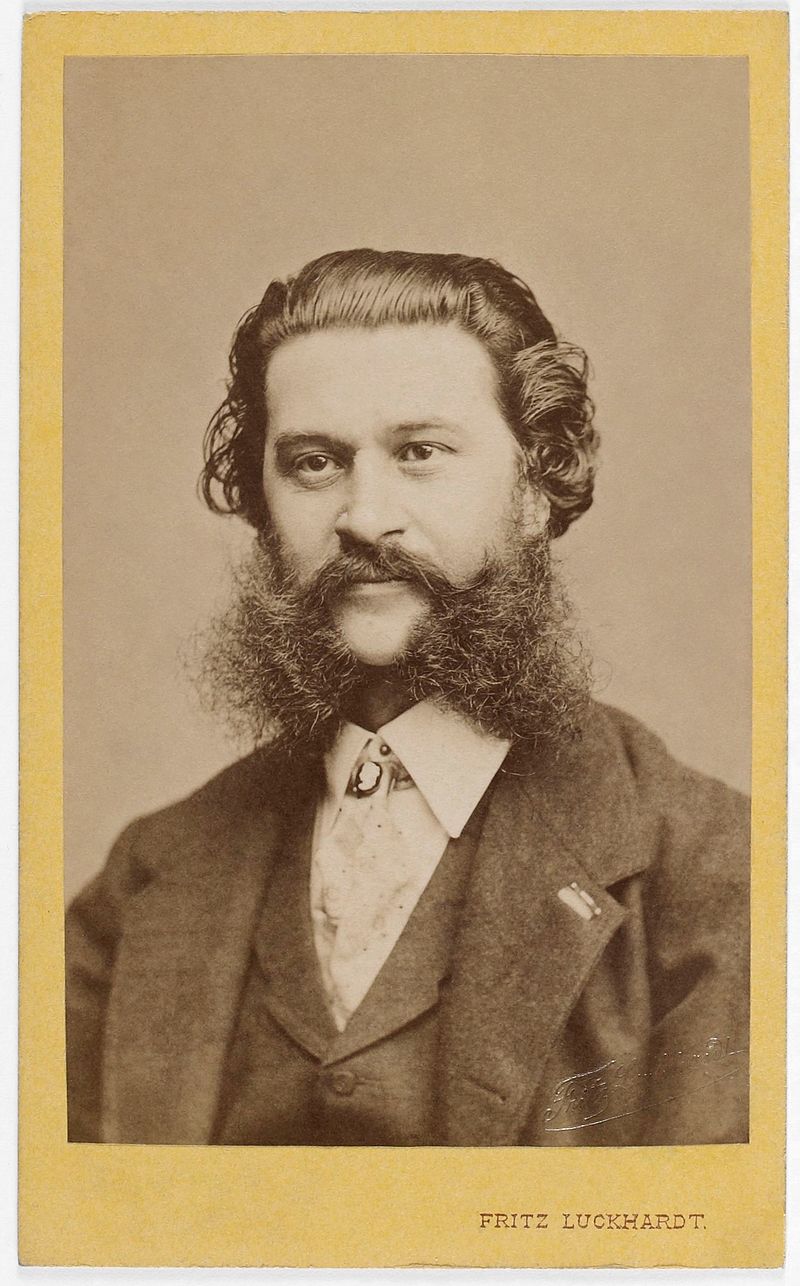
Above: Johann Strauss the Younger (1825 – 1899), photo taken by Fritz Luckhardt
Father and son soon became rivals, both musically and politically, with son surpassing father in fame.
Despite their rivalry, father and son were quite alike, for Johann Junior was a difficult character like his father and something of an outsider.
And like his father, Johann Junior caused a scandal, divorcing his second wife Lili in order to marry his mistress.
What would Freud have thought?
Landschlacht, Switzerland, 9 December 2017
Cohen sings when I remember Vienna and think of my emotions towards my wife then and often now:
Take this waltz.

Take this waltz with its “I´ll never forget you, you know!”
….And I´ll bury my soul in a scrapbook, with the photographs there and the moss.

And I´ll yield to the flood of your beauty my cheap violin and my cross.”
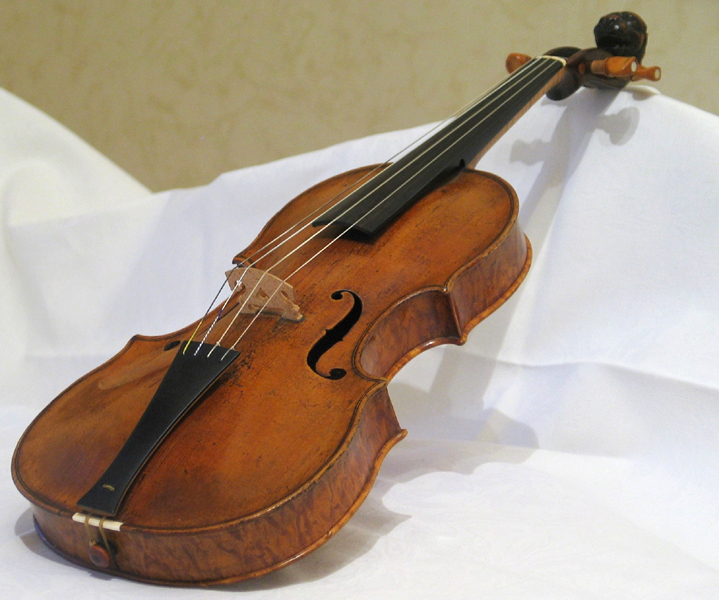
I no longer wanted “some hallway where love´s never been”, or to simply be “on a bed where the moon has been sweating”.
O, my love.
O, my love.
Take this waltz.
Take this waltz.
It´s yours now.
It´s all that there is.”
I would like to return to Vienna, not to visit the non-descript Zwinglikirche, but to walk on fog-filled streets to pay my last farewell to the impatient young man I was, his coffin lowered into the frozen ground of his impatience.
To perhaps pass him by with incredulity or perhaps no recognition of my present self in his past features, just other stranger on the Strand.

But for now we walk in the cold Swiss air, our freezing breath on the window pane.
Lying, waiting.
I am a man in the dark in a picture frame, so mystic and soulful.
Memory stays with me until the feeling is gone.
The waltz is weaving.
The rhythm is willing.
Cold, empty silence?
Cold grey sky?
These mean nothing to me.
Oh, Vienna.

“Slow down, you crazy child.
You´re so ambitious for a juvenile.
But then if you´re so smart,
Tell me why you are still so afraid.
Where´s the fire?
What´s the hurry about?
You better cool it off before you burn it out.
You got so much to do and only so many hours in a day.
But you know that when the truth is told
That you can get what you want
Or you can just get old.
You´re gonna kick off before you even get halfway through.
When will you realize….
Vienna waits for you?
….Slow down, you crazy child.
Take the phone off the hook and disappear for awhile.
It´s alright you can afford to lose a day or two.
When will you realize….
Vienna waits for you.”

Sources: Wikipedia / Lonely Planet Austria / Lonely Planet Central Europe on a Shoestring / The Rough Guide to Austria / Richard Appignanesi and Oscar Zarate, Introducing Freud: A Graphic Guide to the Father of Psychoanalysis / Graham Greene, The Third Man / Duncan J. D. Smith, Only in Vienna: A Guide to Unique Locations, Hidden Corners and Unusual Objects / Leonard Cohen, “Take this Waltz”, I´m Your Man / Billy Joel, “Vienna”, The Stranger / Ultravox, “Vienna”, Vienna




